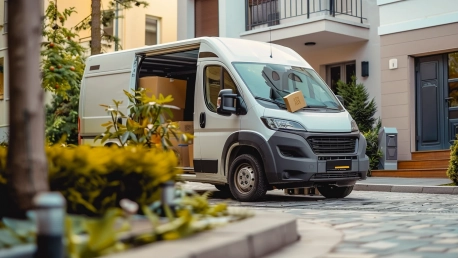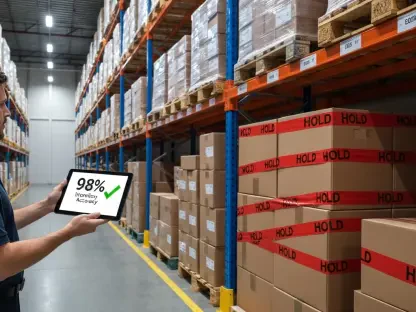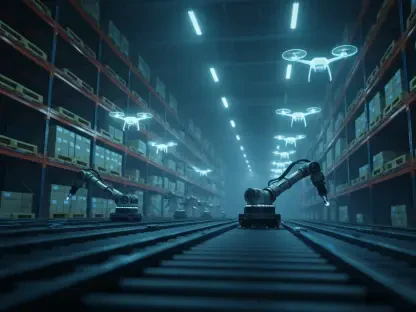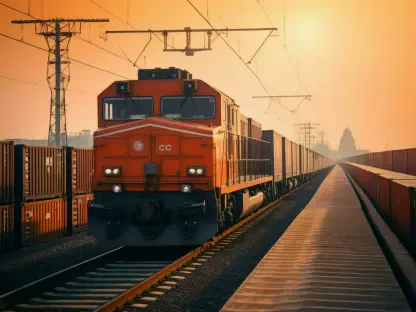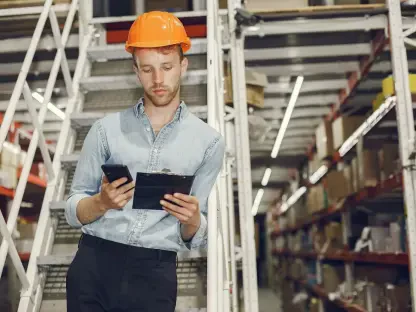The ever-increasing expectations of fast delivery times and the rapid escalation of e-commerce have thrown the spotlight on the final step of logistics – the last-mile delivery. It’s here that logistical firms face their greatest challenges and also where the potential for innovation is most significant. The coming years will see these firms continue to reinvent this crucial juncture, propelled by technology, consumer demands, and a growing concern for the environment.
Understanding Last-Mile Delivery Challenges
Last-mile delivery is notorious for being the most intricate and cost-intensive part of the shipping process. Companies grapple with navigating urban sprawl, dodging traffic congestion, and managing customer availability – all factors that can derail delivery efficiency. The pressure to deliver quickly and cost-effectively is a constant balancing act, inviting a host of logistical hurdles. Moreover, the environmental toll of this delivery leg is becoming increasingly hard to overlook. As the final miles rack up, so too does the collective carbon footprint of these services, challenging companies to rethink how they distribute goods sustainably.Ensuring the prompt arrival of packages at consumers’ doorsteps demands rigorous strategy and the seamless operation of numerous complex components. Companies today are not merely couriers but strategic partners in a web of supply chain logistics. They must anticipate obstructions, navigate regulatory landscapes, and deliver not just parcels, but also on customer expectations that are higher than ever before.
The Role of Technology in Last-Mile Optimization
In the digital age, technology stands as the great enabler, offering a bevy of solutions to streamline last-mile delivery. GPS tracking provides real-time visibility, drones promise the potential to bypass road-based hurdles, and intelligent routing algorithms crunch data to find the fastest, most efficient paths. But perhaps most transformative is the power of data analytics – an invaluable asset for unpacking customer behavior, predicting delivery outcomes, and flexibly adapting to ever-evolving patterns and challenges in the delivery landscape.Moreover, technology empowers customers with information and control, allowing them to track their packages and make adjustments to delivery times and locations. This fusion of customer interaction and technological advancement is crafting a new frontier in logistics where transparency and flexibility reign supreme. As the digital threads of logistics continue to extend and intertwine, the prospects for last-mile innovation appear boundless.
The Shift to Contract Logistics and Localized Warehousing
In an era where speed is of the essence, logistics companies are increasingly turning to contract logistics, delegating last-mile operations to specialized firms that can navigate the complexities with ease and expertise. This subcontracting not only enhances delivery speed but also enables the main logistics firms to focus on their core competencies. In parallel, the proliferation of localized warehouses is drastically reducing delivery routes, further streamlining the last leg of the journey, and cutting down on operational costs.This strategic shift underscores a broader recalibration in the logistics sector where agility and specialization are becoming the hallmarks of successful last-mile delivery. By positioning warehousing closer to end consumers and harnessing the skills of dedicated last-mile service providers, companies are positioning themselves at the forefront of logistical innovation, poised to deliver on the promises of a fast-paced commerce landscape.
Quick Commerce and Consumer Expectations
The rise of ‘quick commerce’ underlines the urgent need for logistical adeptness in fulfilling instantaneous delivery expectations. The term itself symbolizes the pulse of the current retail environment where immediacy is paramount. Companies are now expected to deliver not just goods, but also convenience, reliability, and speed. To keep pace with these expectations, innovative logistics platforms forge pathways between online orders and physical distribution, offering customizable delivery options to accommodate the diverse needs of consumers.This shift in consumer demand reshapes the logistics industry, demanding an overhaul of traditional structures and systems. Logistics companies must now harness the vast wealth of customer data to predict, prepare, and perform in a market where the distinction between satisfaction and disappointment is measured in hours, not days.
Balancing Efficiency with Environmental Concerns
The relentless rise of e-commerce and consumers’ craving for quick delivery is intensifying the focus on the last leg of shipping—last-mile delivery. Herein lies the toughest of logistical hurdles and also the greatest room for breakthroughs. As technology progresses, customer expectations evolve, and environmental concerns mount, delivery firms are poised to significantly overhaul this critical phase. Over the next few years, we’ll see a transformation in how packages reach doorsteps, driven by innovative methods that aim to meet the fast-paced demands of the modern market, while also keeping an eye on sustainability. This will require leveraging advanced technology and rethinking traditional delivery models to create more efficient, eco-friendly last-mile solutions. As companies grapple with these demands, the industry braces for a wave of changes designed to make the final delivery step as seamless as possible.
